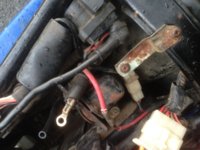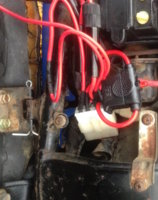butterbeats
XS400 Addict
Hi xs400ers,
quick question; is it better to replace my rectifier with an old new stock stock or a new replacement?? and why??
thanks
http://www.ebay.com.au/itm/NEW-Yama...hash=item230b621cd2:m:mOZQ8hAkTf8dhzibs0UUtsQ
or
http://www.ebay.com/itm/REGULATOR-R...ash=item3f379064b8:g:UWcAAOxymmJTkbnV&vxp=mtr
quick question; is it better to replace my rectifier with an old new stock stock or a new replacement?? and why??
thanks
http://www.ebay.com.au/itm/NEW-Yama...hash=item230b621cd2:m:mOZQ8hAkTf8dhzibs0UUtsQ
or
http://www.ebay.com/itm/REGULATOR-R...ash=item3f379064b8:g:UWcAAOxymmJTkbnV&vxp=mtr


